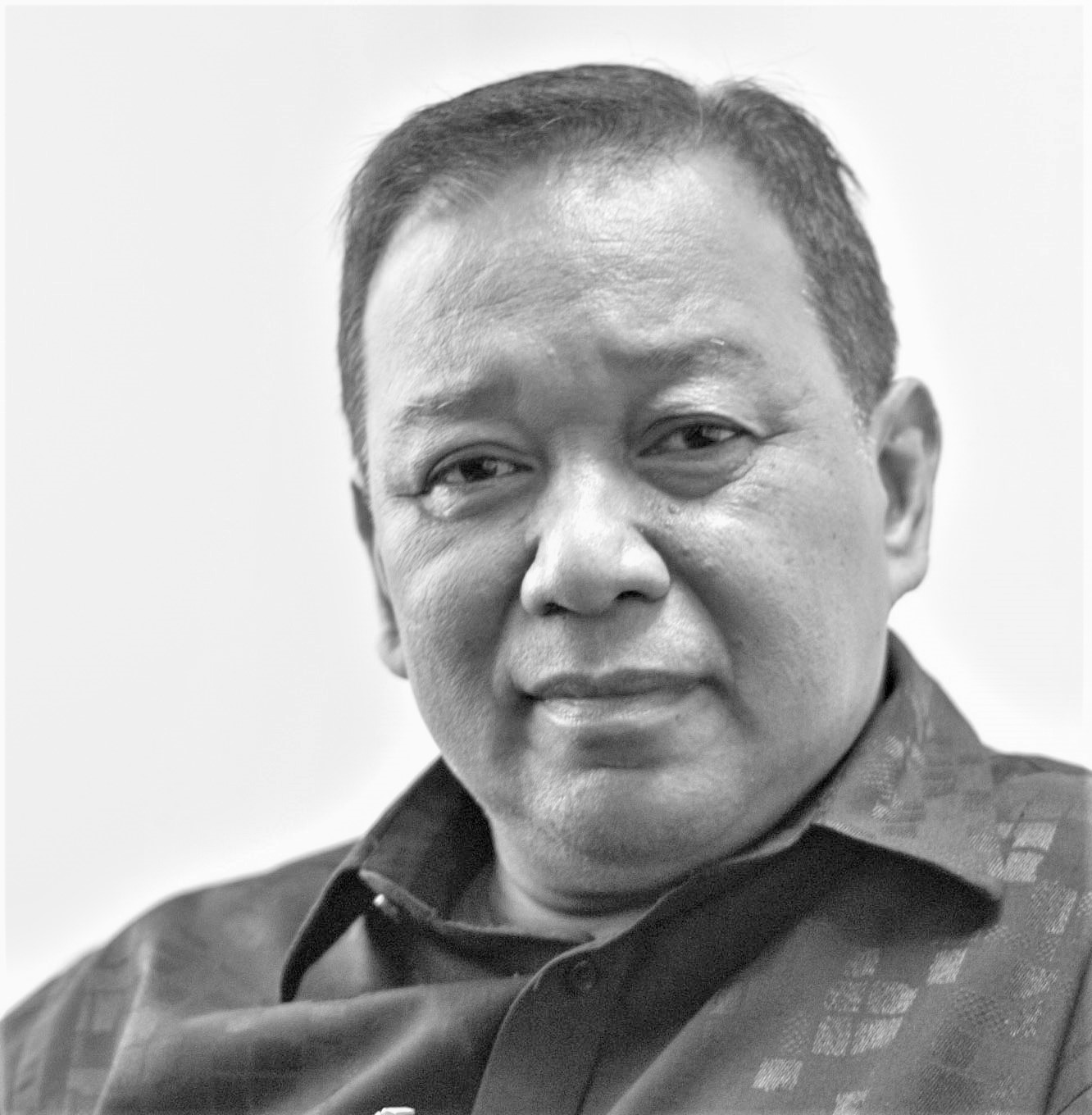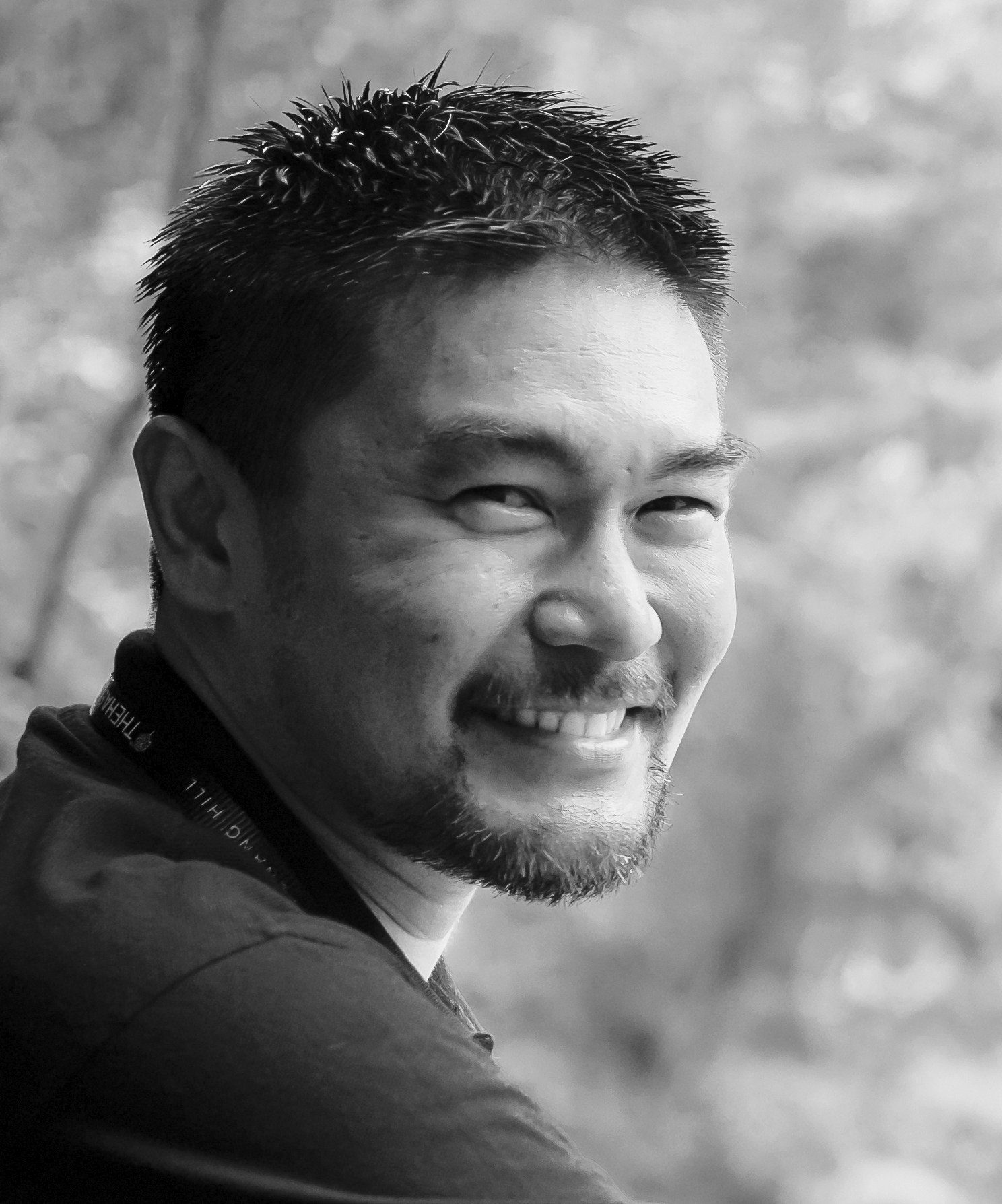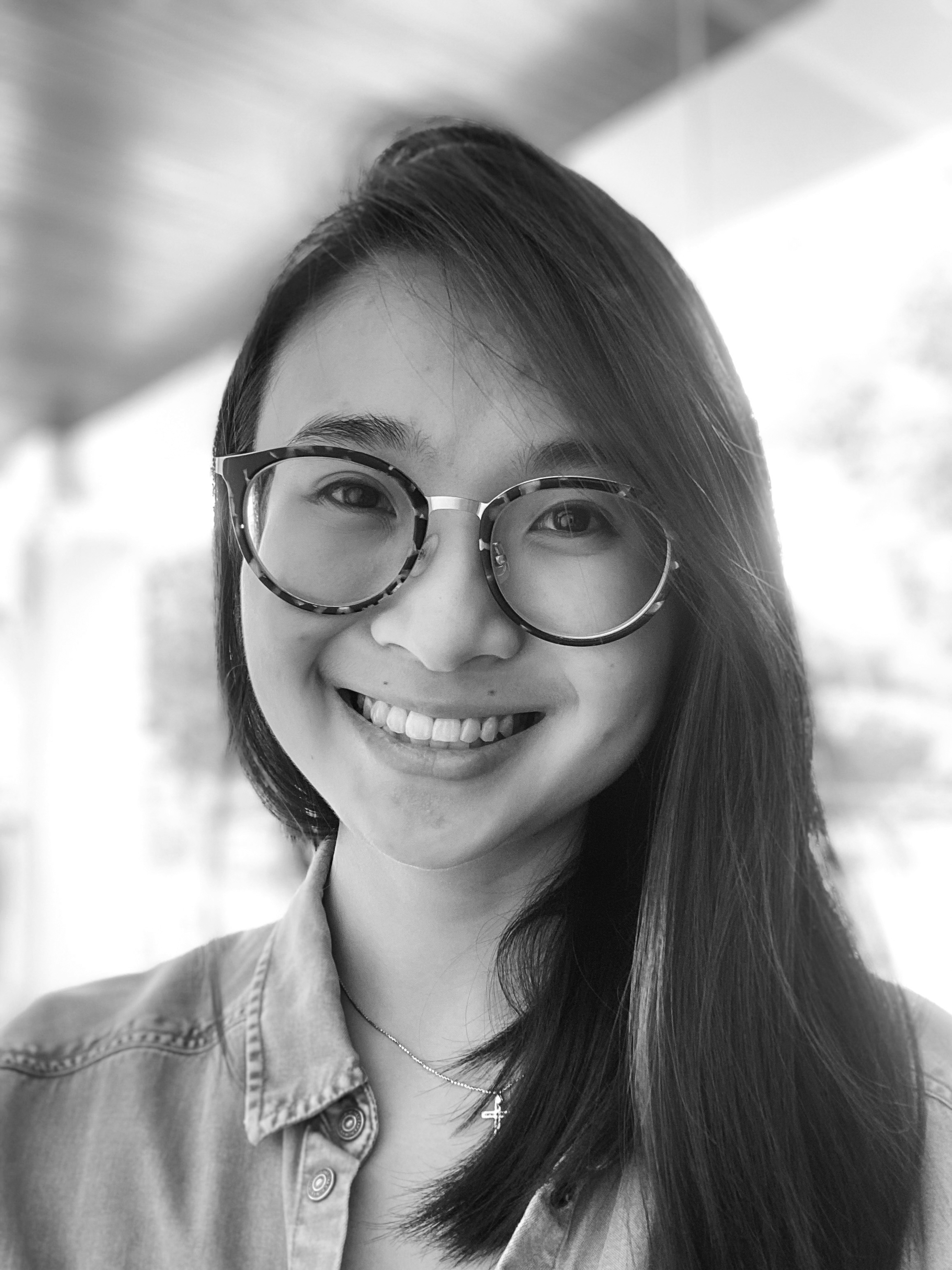- Home
- January 2022
- Aquaculture: The Good, the Bad and the Restorative
Aquaculture: The Good, the Bad and the Restorative
by
Annette Jaya Ram &
Prof. Dato’ Dr. Aileen Tan &
Dr. Abe Woo Sau Pinn
Previous Post
Middle Bank: A Marine Sanctuary to Enrich the Future
5 min read
I CHANCED UPON an old British map of Penang from 1884 – it was a nautical chart of the sea. The Island's shoreline then resembled an irregular square which over...
Next Post
Penang Hill Biosphere Reserve: Many Hearts and Minds Made It Possible
6 min read
An expedition was arranged to survey and record the biodiversity of Penang Hill's forests. This led to the landmark gathering of scientists, academics and luminaries from the conservation world.
You might also like
What Are the Tropics If Not Naturally Diverse?
10 min read
DESCRIPTIONS OF NATURE in the tropics once employed expressions such as luxuriant, verdant or lush. As technical terminology became the vogue, our ability to im...
Penang’s Biodiversity in Numbers
3 min read
Biosphere ReservesON SEPTEMBER 15, 2021, Penang Hill was designated a Biosphere Reserve (BR) under Unesco’s Man and the Biosphere Programme. This is the state’s...
by
Ng Kar Yong &
Yap Jo-yee
Datuk Seri Lim Chong Keat – Relentless Champion of Penang’s Botanical Heritage
5 min read
Datuk Seri Lim Chong Keat shared his journey in botanical research and taxonomy. When asked what inspired him to venture into botany studies, as an auto-didactic amateur, he says, “One’s curiosity about the natural sciences has to be self-motivated. To be educated is to know what you don’t know.”





